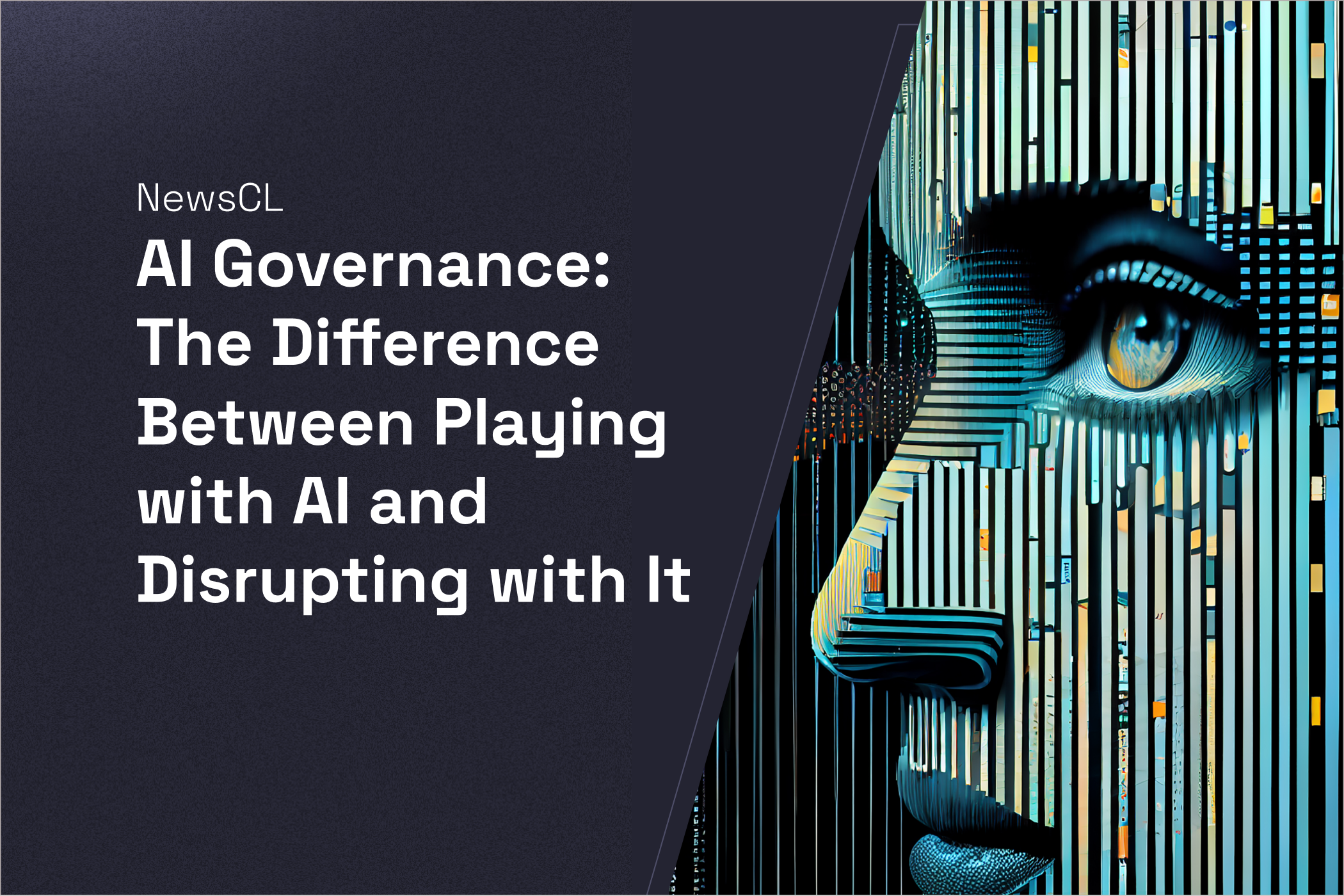These days, nearly every company wants to jump on the AI bandwagon. Pilots are launched, tools are tested, processes are automated. But often, once the initial excitement fades, results fail to scale, risks increase, and initiatives stall.
Why does this happen?
One word: governance.
It’s not the flashiest topic—nowhere near as “sexy” as generative models or innovation sprints. But without governance, AI doesn’t scale. It doesn’t become trustworthy. It doesn’t align with business goals or meet regulatory requirements. It doesn't make an impact.
AI needs clear rules to create real value
AI is not magic. It needs structure, strategy, and direction. Above all, it needs a framework that ensures what you build is not just technically possible—but also safe, ethical, useful, and business-aligned.
For those leading transformation and disruption, AI cannot be just another pilot—or worse, an isolated initiative managed only by the data team. It must be embedded into operations, culture, decision-making, and most importantly, the future of the business.
If you're leading strategy, product, tech, or innovation, governance is not about bureaucracy—it’s about key strategic enablers like:
- Model and data inventory: Know what AI models you're using, where, and why—with a clear view of impact.
- Transparency, security, ethics, and compliance frameworks: Establish principles around fairness, privacy, traceability, and safety from the ground up. Make sure data is accessible and responsibly shared across departments.
- Prioritization processes: Focus AI efforts where they truly move the needle—with real, strategic business opportunities.
- Collaboration and co-creation strategies: Make AI part of your company’s DNA—not just part of your dashboards.
Without this, AI often becomes a collection of isolated experiments with no lasting impact.
Governance as a driver of scale and trust
Governance doesn’t just reduce risks—it increases the speed and quality of implementation. It enables decisions based on trusted data. It prevents duplication and data silos. And it creates the conditions for AI to move from “experiment” to real competitive advantage.
Implementing governance isn’t about slowing innovation—it’s a powerful enabler. It means building the foundations for innovation to scale responsibly, sustainably, and strategically.
When an organization has a strong governance strategy in place, AI becomes a cross-functional capability—not just a data science experiment. It starts to deliver measurable results and change the way the business operates.
A concrete (and close) example: Raven at the AI World Series 2025
At Raven, we’ve had the opportunity to guide more than 20 organizations through this journey, building a comprehensive AI Governance and Strategy Platform—recently named a finalist at the AI World Series 2025 in the Best AI Governance Strategy category.
This recognition is meaningful. But beyond the award, it validates what we’re already seeing in the field: the companies leading in AI aren’t the ones doing more pilots—they’re the ones integrating AI with intention, structure, and purpose.
If you're driving transformation in your organization, governance isn’t something to think about later. It’s the starting point.
Are you scaling AI without a clear governance strategy? It's time to take control.
Let’s talk about how to structure AI in your organization to generate real, sustainable impact.
Get in touch and let’s build your AI roadmap
#WeAreRaven





